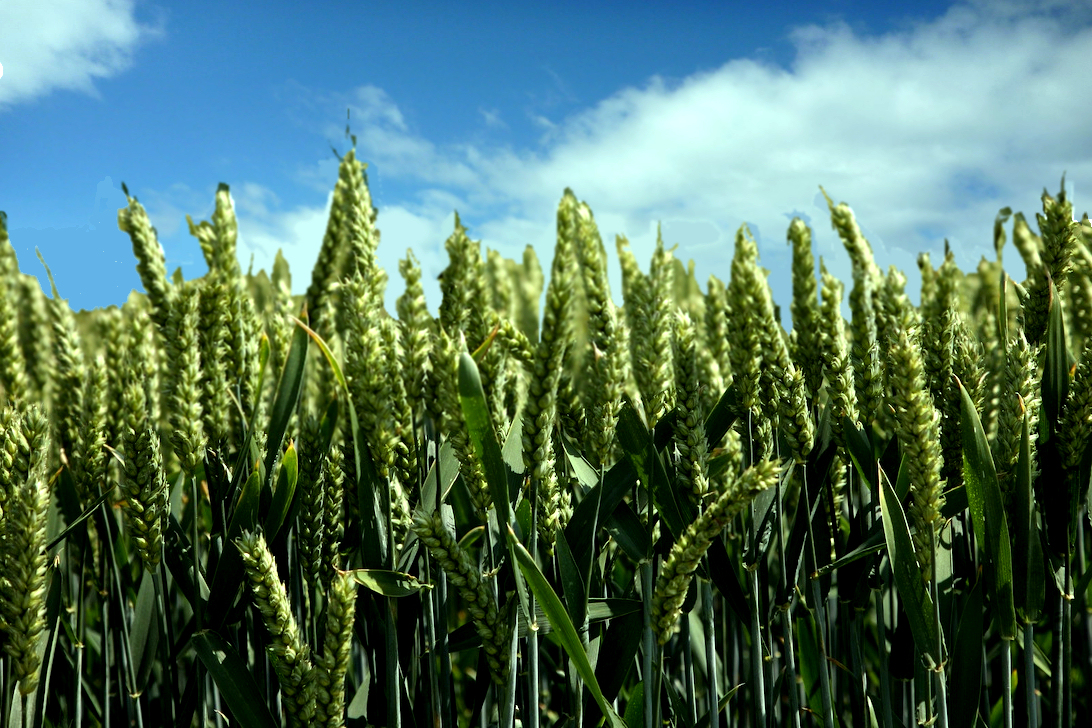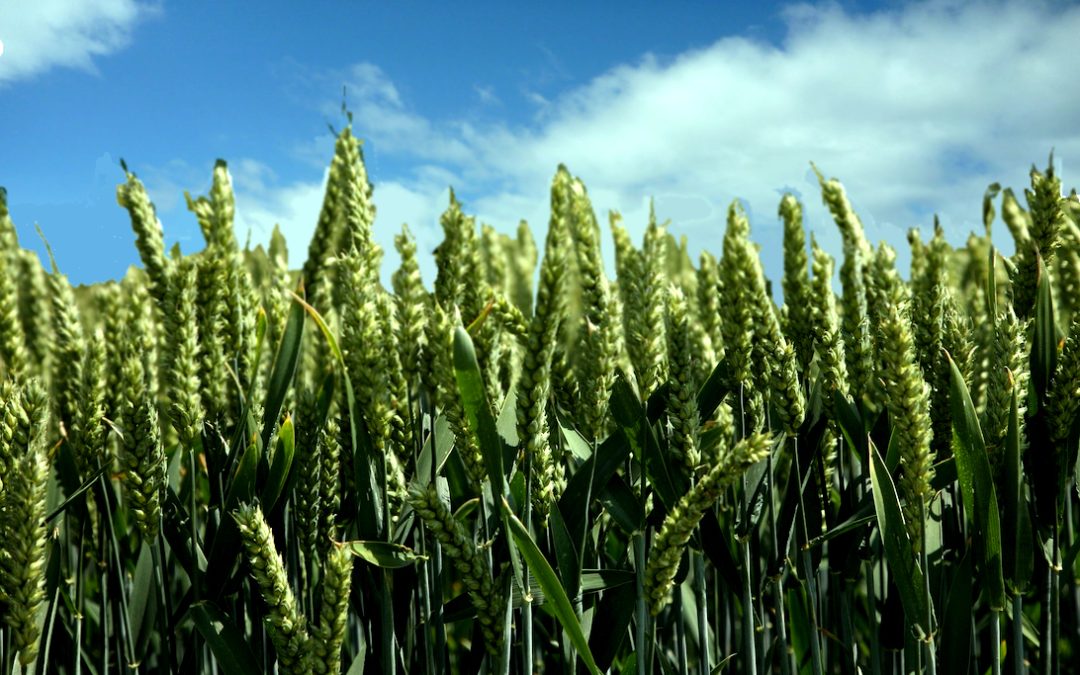With the need to maximise the efficient use of inputs, not just from a financial perceptive but from today’s drive for sustainable agriculture, recent developments in foliar feeding product formulations now make them a viable alternative to the traditional broadcast method.
Foliar feeding can also be referred to as foliar fertilisation, it is an alternative method of delivering fertiliser and nutrients to the plant than through the plants roots. Here we look at the top eight questions we are asked, when discussing foliar applications: –
How does foliar feeding work?
Foliar feeding takes place in one of two ways either through the stomata, trichomes, layer of wax on the leaf (cuticula) or through the intake and supply of the plant dells (endocytosis). The method that the plant will ‘use’ is dependent on the formulation of the application.
Why would you choose foliar feeding?
Foliar feeding can be beneficial and ensure a more consistent uptake of nutrients than through the root system when: –
- Low evaporation
- Too wet/dry substrate
- Weak roots (susceptible for diseases e.g.)
- Quick plant growth
- Young and underdeveloped roots
- High pH in the root environment
- High pressure on the crop due to stress factors
What are the benefits of foliar feeding?
- Quick intake of nutrients
- Input waste reduced as none is lost and locked up in the soil and no environmental run off.
- Low amount of energy needed for transport of nutrients, because the nutrients are in the right place immediately
- Also, non-mobile nutritional elements remain in the plant
- High utilization of nutritional elements
- No risk for fixation in the soil or substrate
What are the perceived, historical disadvantages?
- Poor uptake & distribution in plant
- Limited uptake of nutritional elements
- Solely applicable in low dosages
- Short-lived effects, repeat doses needed
- Phytotoxic – Increased risk for leaf damage or burning
- Variable effects
Due to our unique, advanced formulations technology our products are readily absorbed and translocated throughout the plant without risk of crop damage or scorch. Effects are effective, persistent and long-lasting.
Do wetting agents improve the efficacy of foliar feeding?
Our products are formulated to optimise leaf uptake, absorption and translocation in the plant and do not require the addition of wetters or spreaders.
Is foliar fertilising just for ‘top up’s’ or can a more profound responses be achieved?
Using OptiYield foliar feeds can eliminate the need for further soil applied nutrients even for macronutrients like Nitrogen. OptiYield Folia-N can provide 50kgs on N in a single dose through the crop canopy without risk of scorch or crop damage and provide 95% Nitrogen Use Efficiency (NUE).
What effect can foliar fertilisation have on yields?
Tests have shown that foliar feeding can increase yields from 12% to 25% when compared to conventional fertilisers.
How much of the foliar feed is utilised by the plant?
Trails have demonstrated that 90 – 95% of fertiliser is utilised by the plant, which compares to only 10 – 55% of soil applications.


